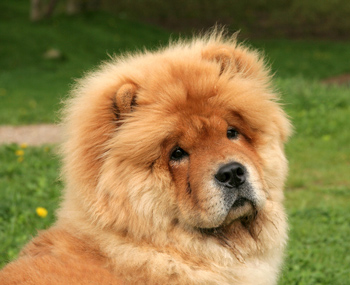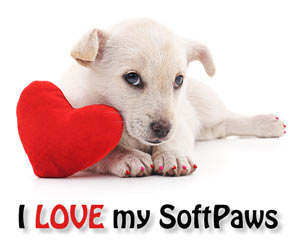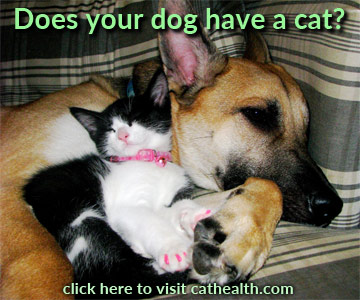Glaucoma in Dogs

Glaucoma in dogs is an increased pressure inside the eye (intraocular pressure, or IOP). Normally, the eye produces a liquid called aqueous humor, which fills the inside of the eye, maintaining its shape and size. The aqueous humor also feeds the tissues of the eye and helps keep them healthy.
Normally, aqueous humor is constantly being produced, and it drains out of the eye once it's used, entering the bloodstream. Glaucoma occurs when drainage of the aqueous humor is impeded, so it builds up abnormally in the eye, increasing IOP.
Glaucoma is painful to the dog and can eventually lead to blindness.
Causes of Canine Glaucoma
Glaucoma may either be primary or secondary. Primary glaucoma is a genetic condition. Secondary glaucoma develops due to another condition, such as anterior uveitis, cataracts, ocular tumors, or lens luxation (flipping of the lens in the back of the eye).
Signs of Glaucoma in Dogs
The primary presenting sign of glaucoma in dogs is pain. However, it may not be obvious that the eye is the source of the pain, and the signs are often subtle and are easily missed. Glaucoma causes severe headaches, so your dog may show vague signs of pain such as restlessness, listlessness, decreased appetite, and clinginess or aloofness.
You may notice a bulging appearance or a strange shape to one or both of your dog's eyes during glaucoma. This is an emergency because blindness can happen quickly once glaucoma develops, and your dog should be seen by a veterinarian right away.
Signs of vision loss may be present in dogs with glaucoma, such as difficulty catching treats, finding things, and tripping.
Your dog's eye may appear bloodshot and/or look cloudy if he has glaucoma.
Dog Breeds Most Commonly Affected by Primary Glaucoma
Breeds that are commonly affected by inheritable glaucoma include:
- Basset hounds
- Jack Russel terriers
- Siberian huskies
- Chows
- Cocker spaniels
- Beagles
- Shar peis
Your veterinarian may recommend checking IOP as part of the normal physical exam in high-risk breeds.
Diagnosis of Canine Glaucoma
Glaucoma is diagnosed by measuring IOP with a tonometer. The eye should also be thoroughly examined to determine whether there is another condition causing the glaucoma. Many general veterinarians will refer your dog to a veterinary ophthalmologist for glaucoma diagnosis and treatment.
Treatment of Glaucoma in Dogs
In dogs, treatment of glaucoma is generally aimed at decreasing the production of the aqueous humor in the eye. There are a variety of medications that are used to attempt to accomplish this. Frequent rechecks will be necessary.
If the glaucoma is secondary, the primary cause will need to be identified and treated aggressively.
There are various surgical options for treating glaucoma.
Removal of the eye for pain control is sometimes performed if the eye is no longer visual.
Your veterinarian is best suited for developing a treatment plan for your individual dog with glaucoma.
You can learn about other canine eye problems here: "Common Eye Conditions in Dogs."
You May Also Like These Articles:
A General Guide to Puppy Safety
Canine Epilepsy: Seizures in Dogs
Restrain Your Dog While Driving
A Hidden Laundry Room Danger for Dogs: Laundry Pods
Things We Do That Annoy Our Dogs - Slideshow
Quiz - Test Your Cold Weather Dog Knowledge
Disclaimer: This website is not intended to replace professional consultation, diagnosis, or treatment by a licensed veterinarian. If you require any veterinary related advice, contact your veterinarian promptly. Information at DogHealth.com is exclusively of a general reference nature. Do not disregard veterinary advice or delay treatment as a result of accessing information at this site. Just Answer is an external service not affiliated with DogHealth.com.
Notice: Ask-a-Vet is an affiliated service for those who wish to speak with a veterinary professional about their pet's specific condition. Initially, a bot will ask questions to determine the general nature of your concern. Then, you will be transferred to a human. There is a charge for the service if you choose to connect to a veterinarian. Ask-a-Vet is not manned by the staff or owners of DogHealth.com, and the advice given should not delay or replace a visit to your veterinarian.



